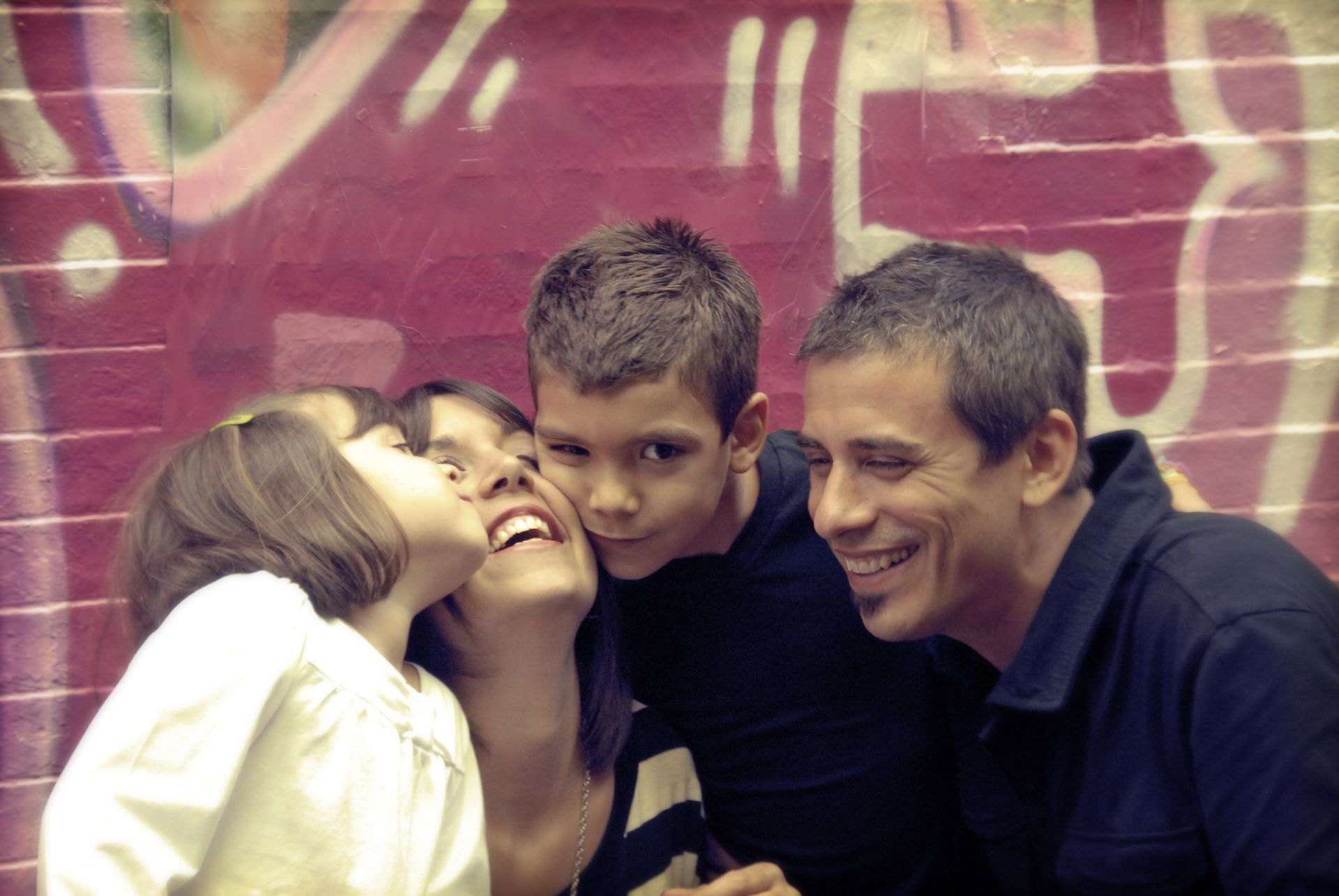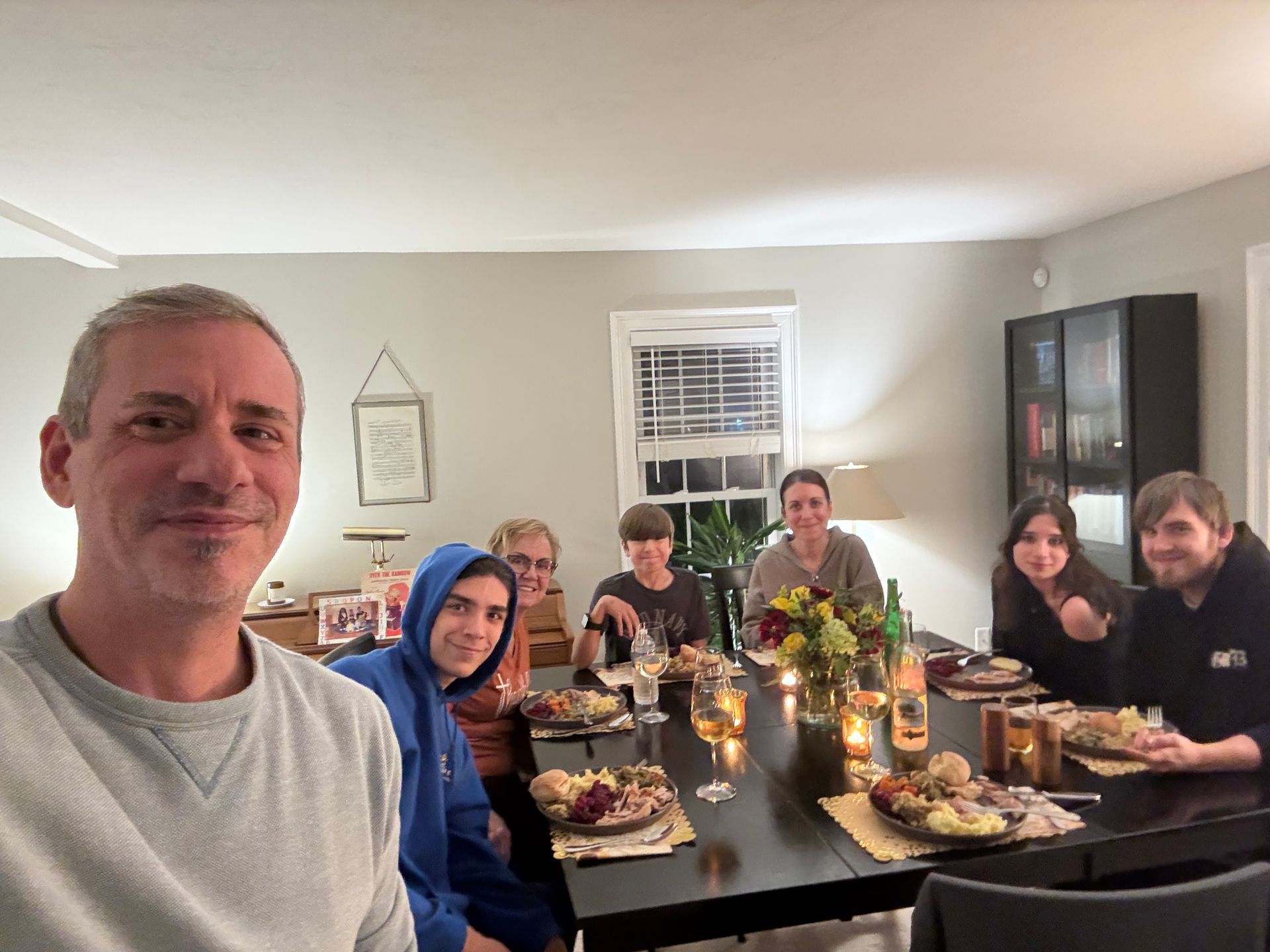Purpose Quest 10: Finding Your People
“Life is relationships, the rest is just details” (Gary Smalley). One could argue that having the right relationships is the most important aspect of life on this earth. If you think about it, almost everything in life – good or bad – is tied to a relationship. Why then in an age when everyone is seemingly inter-connected through the web and social media, does it seem so hard to find your people?

Author Seth Godin calls it your tribe and defines it as “a group of people, large or small, who are connected to one another, a leader and an idea.” These are the people you are called to love, serve, walk with, add value to, and influence.
Over the last several weeks, we’ve been exploring your unique design (micro purpose) or your “S.H.A.P.E.” as author Rick Warren calls it.
S – Spiritual Gifts
H – Heart/Passion
A – Abilities/Natural Strengths
P – Personality
E – Experiences
S – Spheres of Influence
As I’ve previously mentioned, I’ve added one category to Rick’s acrostic. I call it your Spheres of Influence. This will be the last of the 10 questions in the Purpose Roadmap.
As we consider your Spheres of Influence, it’s crucial that you understand that your S.H.A.P.E. isn’t just for you. Ultimately, it is meant to serve and add value to others.
You were created to live for the good of others.
The best definition I’ve ever heard for love is this: love is living for the good of others. As Mother Teresa so aptly said, “A life not lived for others is not a life.”
A life not lived for others is not a life. (Mother Teresa)
Click To Tweet
Finding Your People
Robin Dunbar, an Oxford-educated anthropologist and psychologist, is famous for what is now called Dunbar’s Number, which is actually a series of numbers. Dunbar discovered that people have a limited capacity in the number of people they can have in their social circles. “These are relationships in which an individual knows who each person is and how each person relates to every other person.” 1 This number increases or decreases by a factor of three. Dunbar calls it “The Rule of 3.” Here’s is what he discovered about how human beings group themselves as described by the New Yorker Magazine² :
- 150 – casual friends or acquaintances (people you may invite to a large party)
- 50 – the number we call closish friends (those we may invite to a smaller party of people that are important to you. You may see them often but not describe them as “true intimates”)
- 15 – these are close friends you can turn to for support or sympathy and turn to in confidence
- 5 – your closest support group, usually made up of your close friends and family
I find it best to think of this in concentric circles starting with 5 at the center and moving outwards from there.
Your purpose includes all these people in different ways and capacities.
Here is the description offered in New York Magazine of these different categories of people: 3
Your 5
Made up of your closest support group, these are usually your family, close friends, and possibly a mentor. These are the people you can rely on and confide in. I would argue that this is the most important group. As John Maxwell has said, “Success is when those who know you best actually respect you the most.”
Take a moment to write down who those people are.
Success is when those who know you best actually respect you the most. (John Maxwell)
Click To Tweet
Your 15
This would include the group of people you can turn to for support and empathy. They may include friends, coworkers, extended family members, coaches, counselors, or mentors. This is another important group of people.
Take a moment to write down who those people are.
Your 50
These are good friends that you may see often, but wouldn’t go so far as to call them intimates. They would include co-workers, golf or yoga buddies, extended family members, or people from your faith community or other communities you see regularly.
Your 150
This group is made up of casual friends and acquaintances whom you enjoy seeing and hanging out with when you get the chance but are only loosely connected to.
Your Audience
I call these people your audience. It’s not that you can’t have influence beyond 150, but it’s difficult (if not impossible) to maintain a significant connection with many more people than that. I would classify those people above 150 as your “audience.” Some examples might be those you serve in business, those who read your books, your social media friends and followers, your email list, your podcast listenership, and so on.
While Dunbar agrees that social media is changing human interaction, it lacks real shared experience which is the glue of deeper connection. “The amount of social capital you have,” Dunbar says, “is pretty fixed. It involves time investment.” 4 Each of us has a limited capacity for relationships. You may influence more than 150 people, but you don’t have the relational capacity to have a significant connection with many more people than that.
Live, Work, Play, Community…
It’s important to have a good idea of who these people in your circle are, especially your 5, 15, and 50. If you are still having trouble, this may help you identify specific people within those groups:
Where you live. This would include your immediate family and your actual neighbors. Who are those people and which of the categories do they fit within?
Where you work. This would encompass those you work with whether physical or virtual. Typically, we spend nearly one-third of our lives at work so this is a major part of your sphere of influence. I realize things have changed. Between the coronavirus and the gig economy, some of us don’t really have “coworkers” in a traditional sense. If that’s the case, it doesn’t mean you don’t have a work-related sphere of influence, it’s just defined differently. This could include anyone who benefits from the work you do: those who read your book: your email list, those in your program or online business, groups or audiences you speak to, your social media followers, or those you see yourself serving someday.
Where you play . Some examples might be the gym, your Friday night hangout spot, a golf league, Crossfit, or some other place. those in your church community (or some other community), where you watch the football game, who you play golf with, your Wednesday night Zumba class. You get the idea.
Where you find community. This could include such things as your church, the school board, consistent community service endeavors, your neighborhood, and the like.
5 Ways to Steward Your Influence
Each of us has multiple spheres of influence, but how do we cultivate them? Here are five ideas to help you do that well.
1) Live a life worthy of emulation. If you live a life worthy of emulation, you will have no problem finding your people. I’m not speaking of perfection, but rather working toward your fully developed self. When you take time to develop your S.H.A.P.E. and using it for the good of others, other people will want to be around you because you add value to them.
2) Identify those who are open and receptive to you. It’s hard to share your life with someone who isn’t open and receptive to who you are as a person and what you have to say. Forcing yourself on others doesn’t work. Some people will naturally be open to you while others will not.
Don’t waste your time on people who don’t like who you are or want what you have to offer.
Don’t waste your time on people who don’t like who you are or want what you have to offer.
Click To Tweet
Identify those who enjoy your company, like what you have to say, and seem drawn to you and vice-versa. I’m not saying you should never sit down with someone you don’t like or who disagrees with you. That’s healthy and wise. I’m simply saying I wouldn’t spend a lot of time worrying about the people who don’t like who you are.
You are not for everyone.
3) Build authentic relationships. Trust is the foundation of any good relationship, and honesty and authenticity help to build trust. You’ve no doubt heard the quote, “People don’t care how much you know until they know how much you care.” 5 When people know you care, they will begin to open up their heart to you. In order to build authentic relationships, vulnerability is key. Author John Townsend encourages people to begin by taking small risks in sharing something challenging or hard you may be facing. In doing so, you can start to identify whether or not this person belongs in your life and in what capacity. If they change the subject, give solutions, fail to provide empathy, or overshare one of their own stories, then they probably don’t belong in your group of “5” or “15”. But if they have an empathetic and compassionate response, that’s a good sign! And you want to make sure to do the same for them. Remember, it’s not all about you! Follow up with them by getting together a few more times. If the same type of behavior continues, this person has the potential to become a confidant or close friend. 6
4) Share your life and your gifts. Once you have identified the people who are in your sphere of influence who are open and receptive to you, use your S.H.A.P.E. to add value to their lives. Just be you.
“Freely you have received; freely give.” 7
When people feel you want to add value to their life with no agenda, they will be open to who you are.
5) Serve without expecting anything in return. There are some people we are called to serve who have no power to do anything for you in return. You may not be able to do this for everyone but you can do it for someone.
Do for one what you wish you could do for everyone. (Andy Stanley)
Who are those you serve without expecting anything in return?
Developing New Spheres of Influence
Sometimes, there may be a group of people that you want to have influence with, but you realize that is not yet the case.
Author James Clear calls these “ Identity-Based Habits. ” Identity-Based Habits start from the inside out. Rather than starting with the goal or outcome, Identity Based Habits focus on who you want to be and ask the question, What does that type of person do? Once you define what that type of person does, you have your process for becoming that type of person. The goal is to become that type of person.
For example, you may feel called to influence leaders but there aren’t many leaders who seem open and receptive to you and your message yet. How do you get there? By focusing on who you want to be and the inputs or systems needed to become that person. If you want to be an influential leader, you must ask, What do influential leaders do? Then focus on the inputs that help you become that type of person.
We usually only get glimpses of the big picture, but that’s enough to get started. The final result may turn out very differently than you thought, but the more important question is this: A m I focused on becoming the type of person I want to be? Am I doing do my best work so I can be happy with the outcome, whatever it is? With that in mind, here are some tips to help you get started in developing a new sphere of influence.
If you’re still unsure, try this.
Begin with the end in mind (Steven Covey). Who do you want to become? What is your long-term goal or dream? Who is it that you want to influence? What is the problem you are trying to solve for them? What outcomes and results are important to them? How do you want to add value to them? You must answer those questions before you can chart a course to get there. Once you have taken the time to identify the end result, you can identify the next step.
Reverse engineer. Once you’ve defined your desired audience and outcomes, you can reverse engineer the seeds you need to plant and the path you need to take to get there. Here are some questions to ask yourself as you do this:
- Do I need to get more education?
- Are there skills I need to learn?
- What type of experience do I need?
- How long will it take to get there?
- What can I begin doing today that will plant seeds for the future?
Surely there are other questions you may need to answer and additional preparations you need to make, but these will give you a good start.
One Small Step
One small step is better than a thousand grand ideas never acted upon. You don’t have control over outcomes; you only have control over yourself and your choices. What is one small step you can take today toward your dream, goal, or your sphere of influence?
One small step is better than a thousand grand ideas never acted upon. (Kent Murawski)
Click To Tweet
(micro) Purpose Question #10 – Who?
Who are my people? Who is in my sphere of influence? Who do I want to be in my sphere of influence? Who am I called to serve? (Using Dunbar’s model, define your who. Start with those closest to you, and go outwards in concentric circles. You may also want to think about those you feel drawn to but may not yet be influencing.)
Who are my 5? My 15? My 50? My 150? My audience?
Relationships are arguably one of the most important areas of life. Take time to define them, look for deficiencies, and begin to cultivate the areas you need to improve.
Missed a Week?
- Purpose Quest Intro: When Your Purpose Seems Foggy and Unclear
- Purpose Quest 1: Dealing with Your Daddy Issues
- Purpose Quest 2: You Are Not a Waste of Space
- Purpose Quest 3: Your Purpose Is Not a Mystery
- Purpose Quest 4: You’ve Found Your Purpose, Now What?
- Purpose Quest 5: Discovering Your Spiritual Gifts
- Purpose Quest 6: Passion Inspires Purpose
- Purpose Quest 7: You Are Great at Something
- Purpose Quest 8: You Are One-of-a-kind. Don’t Waste It!
- Purpose Quest 9: There’s Purpose in Your Pain
Endnotes
1 https://www.forbes.com/sites/kenmakovsky/2014/08/07/dunbars-number-and-the-need-for-relationship-management/#8908cae397b4
2 https://www.newyorker.com/science/maria-konnikova/social-media-affect-math-dunbar-number-friendships
3 Ibid
4 Ibid
5 Quote attributed to Theodore Roosevelt
6 People Fuel by John Townsend (p. 182-184)
7 Matthew 10:8 NIV
Photo by Helena Lopes on Unsplash
Share this Post:











